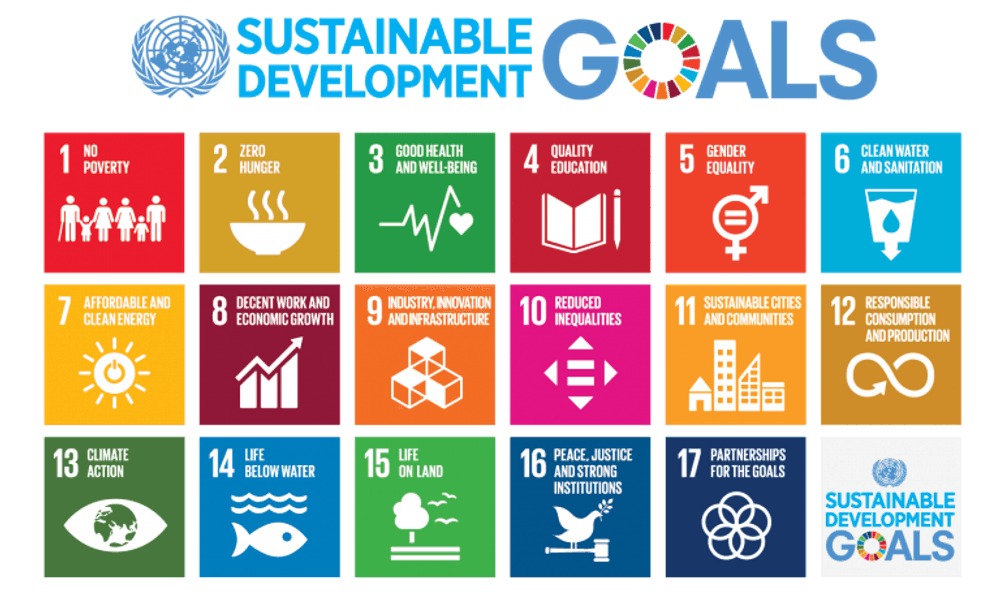
The “E” in Human Rights
In July 2022 the UN General Assembly unanimously adopted the landmark resolution which states that access to a clean, healthy and sustainable environments is a basic human right. The General Assembly said climate change and environmental degradation were some of the most pressing threats to humanity's future and called on states to step up efforts to ensure their people have access to a "clean, healthy and sustainable environment.
Two-way integration
It is no coincidence that the last few years have seen a surge in climate lawsuits against governments and companies, with increasing success. In 2015 the court in the Netherlands ruled that the Dutch government failed in its duty to protect its citizens from climate change, ordering the government to increase its carbon emissions target. This was recently repeated in Germany.
The interconnectedness between social and environmental issues is, of course, not new. Understanding how issues and solutions are linked is key to the systems thinking approach practiced by people working in and on sustainability. Even so, traditionally the two disciplines have been working in silos, with environment being based on exact science and technical quantitative metrics, and social matters more on not so black-and-white principles with qualitative metrics and storytelling.
This may need to change, with a greater level of integration of the two disciplines. The EU is working on ESG different legislations where both worlds will meet, and therefore will need to collaborate and integrate. The expected EU proposal on mandatory due diligence will absolutely cover both environment and human rights. Due diligence laws in France and Germany already do. The EU taxonomy today focuses on environmental sustainability, but work is ongoing to extend this green taxonomy to also cover social issues.
The Sustainable Development Agenda 2030 lays out the world’s challenges on sustainable development across 17 goals, covering both environmental and social issues. Tools are available to visualize the interlinkages between the different goals, which are unsurprisingly many and complex.

Image source: United Nations https://www.un.org/development/desa/disabilities/about-us/sustainable-development-goals-sdgs-and-disability.html
This complexity and the difference in how environmental and social issues are measured and tackled will make integration at policy, business and societal levels difficult. Yet, it will be crucial.
What this means for businesses
Many businesses have worked to integrate sustainability into business models and operations, ensuring a sustainability team does not work in a silo separate from the rest of the organization.
So far, many businesses have worked to integrate sustainability into business models and operations, ensuring a sustainability team does not work in a silo separate from the rest of the organization. This is now more important than ever.
Company structure, strategy, budget and decision-making processes will all have to support this. Assigning sustainability related responsibilities and tasks into all relevant job descriptions facilitates this integration, and moves sustainability away from dedicated teams into all levels of the business.
A next step comes in when a materiality assessment is done. Double materiality ensures companies assess not only the impact of social and environmental issues on business, but also the impact of business on society and the environment. To avoid a siloed approach, cross-functional groups, consisting both of employees and stakeholders, will need to collaboratively look at, and assess, the various issues. Linkages and possible impacts across material issues should be mapped, assessed and addressed. Expert-only eyes will need to be avoided.
Company programs, partnerships and participation in collaborative initiatives need to equally account for the linkages between human rights and environmental issues and extend collaboration beyond their usual remit. Risk and impact methodologies need to be complemented with a dependency assessment, and targets updated where needed.
Transparency, disclosure, and reporting are key tools for companies to show they understand the complexity and address it with due diligence. Integrated reporting should cover financial and non-financial data, human rights and environmental issues, risks, impact and dependencies.
From now on, World Environment Day will also be Human Rights Day, and vice-versa.
Related Articles


